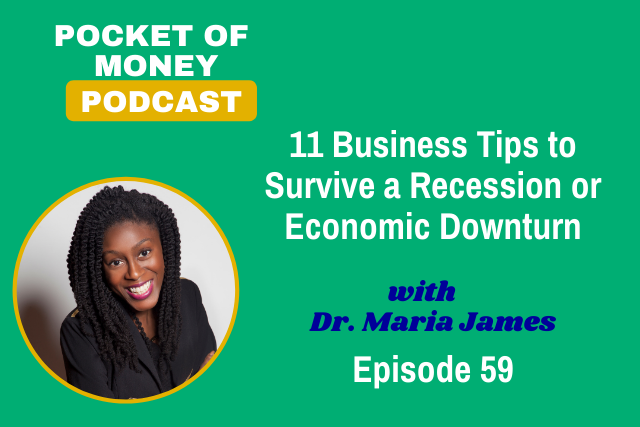How to Arrange Your Money and Assets for More Financial Aid
Is there a way to arrange your money to get more in financial aid? Tuition rates are climbing higher and higher and financial aid isn’t keeping up. The average tuition jumped 2.9 percent last year, 3.7 percent for private. If you’re in the middle class you may make too much for your child to qualify for need based financial aid and too little to come out of pocket with the thousands of dollars they’ll tell you to pay.
First let’s back it up and talk about how they determine how much you have to pay and how much financial aid they will give you. I’m sure you’re well aware of the general principle. As a parent, you must provide information about your income and assets as well as the student’s income and assets. This information is used to calculate your expected family contribution (EFC). You’re probably thinking, yeah I fill out the FAFSA and then I get my EFC and how much the college will give in financial aid. Well did you know the FAFSA is not just one formula?
There are three financial aid formulas. Yes three. They are:
1. FAFSA – free application for federal student aid
2. CSS Profile – college scholarship service profile
3. Section 568 aka Consensus
Each of the three formulas calculate your EFC differently. They weigh and take into account different aspects of your assets. This is where you can arrange your money and assets to get as much financial aid as you can.
FAFSA.
This is the easiest assessment and the most commonly known. This formula does not count the value of your home, farm, or small business. It also will not include any 529 savings plans controlled by someone other than the parent or the student. Income and assets are taxed at 5.6%. This means that if you have, let’s say, $150,000 saved. Your EFC increases by $8,400. However, the student’s income and assets are taxed much higher at 20%. Yikes!
Here’s how to arrange the money if the college uses the FAFSA:
1) Move your child’s money to an account with your name and sell the assets. You may think no it’s not mine, but with the money being taxed at 20% all of it would end up going to the school anyway since they’ll raise the EFC. Also talk to the financial advisor and see if it’s better to have them sell their assets and move the money to a 529 plan.
2) Ask a relative you trust to control the 529 plan. If grandma or grandpa controls the account then it’s excluded from the calculation. No matter how many thousands of dollars is in the plan, it’s not included and you can drastically lower your EFC.
The CSS PROFILE
This is used by approximately 300 colleges (here’s a list). It looks much deeper at your assets. This formula includes your home equity, farms, business, annuities and all 529 plans. Here’s how to arrange your money and assets:
1) Hold off on new property. If it’s time to fill out the information for financial aid, hold off on purchasing new property if you can. Acquiring new property can increase your EFC and lower your financial aid.
2) Don’t have the student control the 529 plan. If it’s a student controlled 529 plan then the amount is taxed at 25%. However, if it is a parent controlled plan then it’s only taxed at 5.6%. Huge difference! You can drastically lower your EFC by making sure you’re in control of the 529 plan.
3) Move the student’s money to an account with your name. Same as with the FAFSA, assets owned by the student is taxed much higher! This formula taxes at 25% . Talk to the financial advisor and see if it’s better to have them sell their assets and move the money to a 529 plan.
SECTION 528 or CONSENSUS
This formula is used by only 24 colleges. It is very similar to the Profile formula. However they are a few differences. Student assets are only taxed at 5% instead of the 25% seen in the Profile formula. Student controlled 529 plans are also only taxed at 5%. Here follow the same tips as for the Profile formula to arrange your money and assets for more financial aid. You do get more of a break on property. The net worth of your home is capped at 120% of your income for this calculation.
All three formulas also give you break if you have more than one child in college at the same time. They also all do not include the money in your retirement accounts in the calculation of your EFC. Money already in retirement accounts are exempt, but any contributions you make while the student is in college is included in the calculation. If possible contribute as much as you can to your retirement accounts before your child heads to college. Doing this will also be great because you will have more money compounding interest for longer.
By moving some money around you can lower your EFC and get as much as you can in financial aid.
Take control of your money. Don't let your money control you. Get the management tools.FREE Money Management Toolkit








Responses